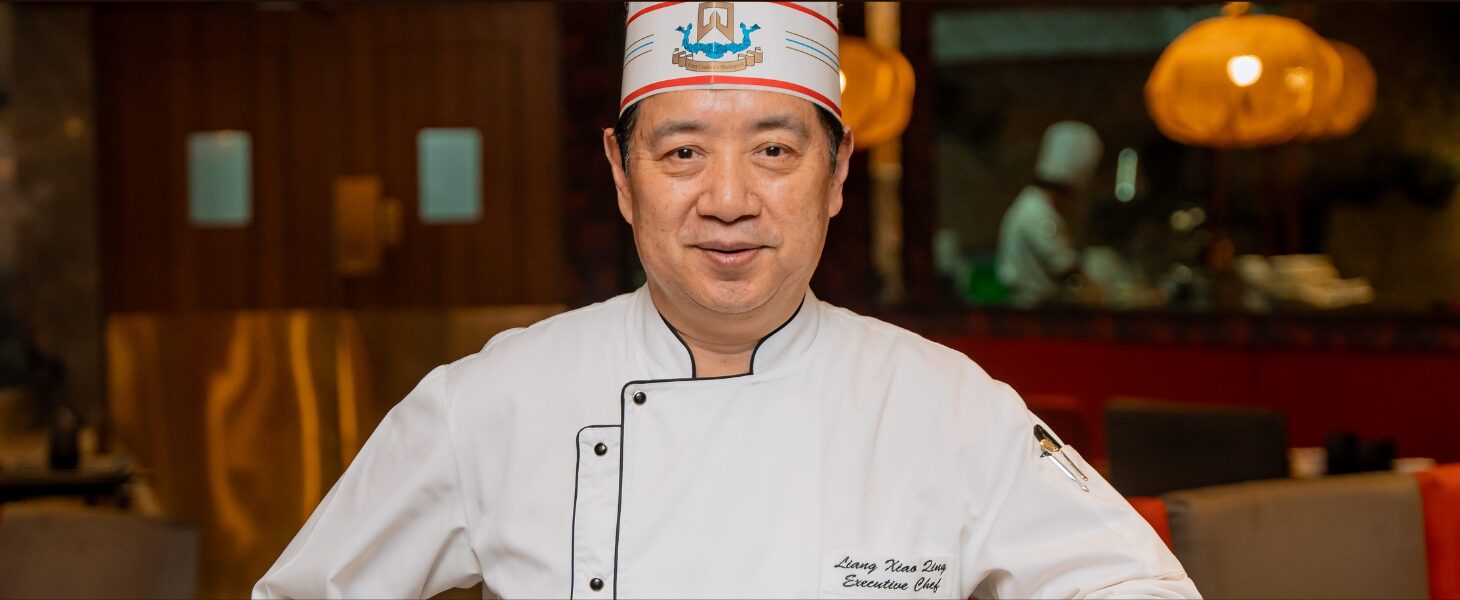One of the most enjoyable experiences you’ll have in Sri Lanka is tasting a real Sri Lankan meal: rice and curry.
Don’t worry about it being too hot for sensitive tongues and tummies, the spiciness can be tamed. Just ask the cook in advance.
The first thing to learn about Rice and Curry is that it is not called Curry and Rice. The rice comes first. It is the mainstay and centrepiece of a real rice and curry meal, served first on to your plate. The curries are served afterwards, added to the plate according to your choice.

For a rice and curry lunch, there will always be several vegetable curries, making a rice and curry meal perfect if you don’t eat meat or fish. You’ll be amazed at being offered curried tubers and parts of plants you’ve never heard of, such as plantain blossoms and lotus roots, as well as vegetables like beetroot and radish. Naturally, fish is popular while the meat in a village non-veg curry is usually chicken. For more exotic curries, like prawn or crab, you need to eat in a tourist area. Pork curry in Negombo and beef curry in the hill country are local specialities while Jaffna is famous for its spicier curries.
Read: The top 10 Lamprais spots in Colombo
Rice and curry is usually served with accompaniments such as bitter gourd Sambol (a relish) Gotu kola medium (a leaf salad), devilled potatoes, spicy mango chutney, and papadams served with fried red chillies and chunks of sun-dried fish.
Sri Lankan curries have a reputation for being deliciously hot, thanks to the generous addition of chillies by enthusiastic cooks. Cooks need to be enthusiastic as hours of preparation go into a good curry. Sri Lankan cooks don’t reach for a packet of curry powder; they spend hours grinding selected spices to create a dish that is rich in flavour as well as outrageously pungent.
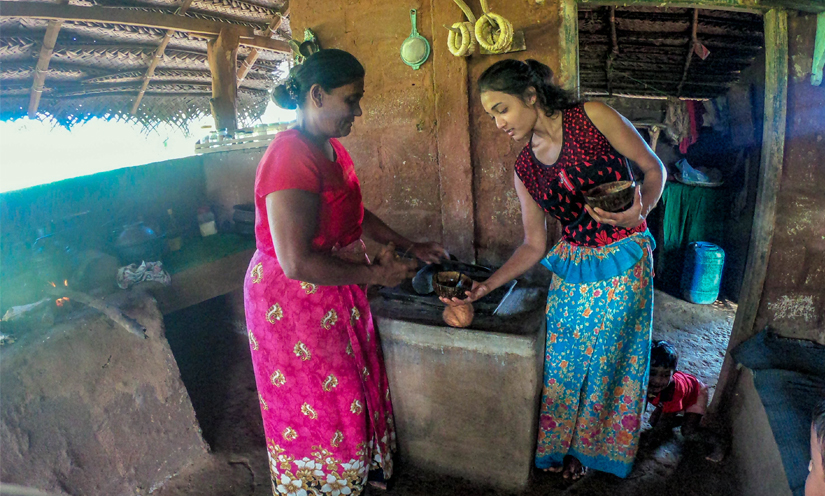
The preparation of Sri Lankan curries has evolved over the centuries with a dash of influence gleaned from Indonesia thanks to the Dutch colonisers. There is an abundance of fresh vegetables in Sri Lanka which make delicious curries (many, such as potatoes and carrots, were introduced to hill country vegetable plots by the British in the 19th century). The curries are seasoned with locally grown spices like cardamom, cinnamon, cloves and the unique ingredient called curry leaf, known as karapincha in Sinhala, and rampe (pandan leaf).
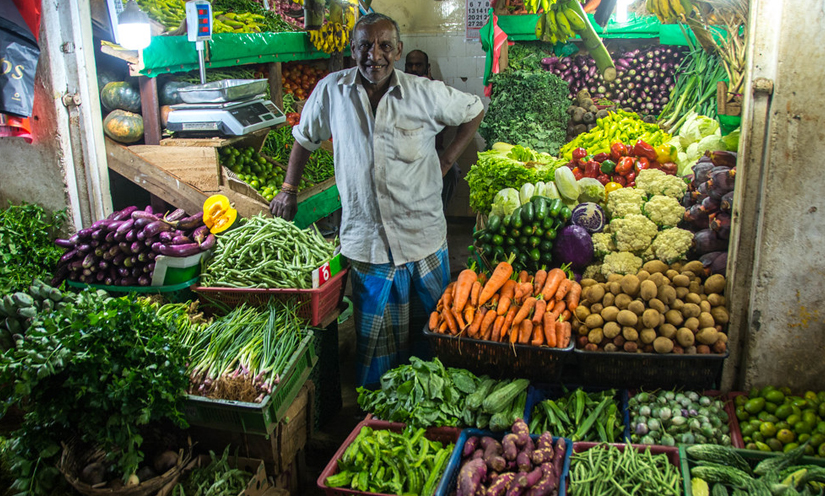
Meat and fish or vegetables, like eggplant, cabbage, and even pineapple, lend themselves to hot curries. Root vegetables and cashew nuts work better as mild curries.
If a curry turns out to be too hot for your palate, try a slice of pineapple to counteract the fieriness. A Sri Lankan might ask for a spoonful of sugar to soothe the taste buds. Eating a banana will remove the pieces of chilli where they have lodged between your teeth.
Curries are actually best savoured when they are not steaming hot in temperature but when they have cooled own. This makes them ideal for buffet service, or when curries in bowls are placed on a table and settle before you are called to eat (as happens in a private home or rest house).
Curries home-cooked in a clay pot over a wood fire, take on a more subtle, spicy flavour due to slow cooking. Not all curries are hot since the hotness of curry is derived from the number of chillies used in the preparation, not from the spices. Mild curries with coconut milk and less chillies are particularly flavoursome.
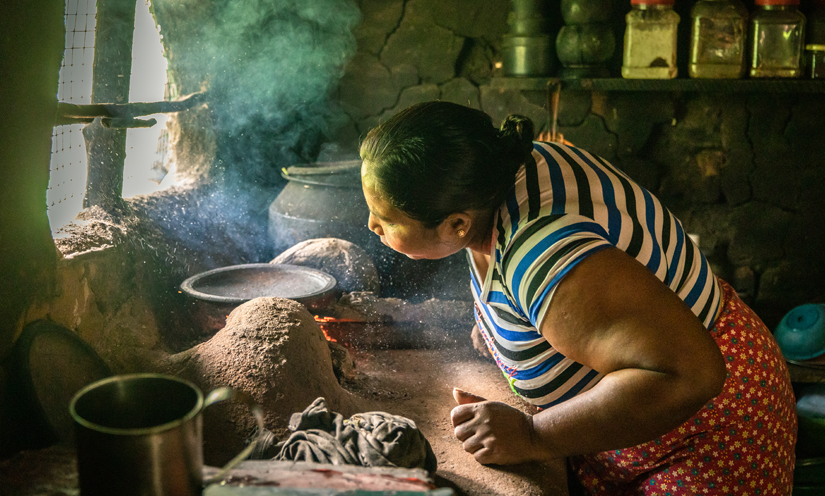
If you are lucky enough to be invited to a village home for a rice and curry lunch, you’ll experience authentic Sri Lankan cuisine. Or try rice and curry for lunch at a village Resthouse where the cooks follow traditional recipes and cooking methods. Tourist hotels sometimes feature a ‘curry corner’ on the buffet counter which is a good opportunity to sample different curries.
A real Sri Lankan treat is to start the day with Dhal (lentil) Curry Served with Seeni Sambol (a sweet onion relish) and village baked bread. A favourite breakfast of connoisseurs of Sri Lankan food is beef curry and egg hoppers (a crisp pancake with an egg poached in the centre). A beef curry for breakfast in the hill country will include coriander, chilli, cinnamon, Rampa, curry leaves, cloves, pepper, nutmeg, and ground sauteed rice, plus onions, garlic, ginger and lemongrass spicy enough to singe the palate rather than scorching it.
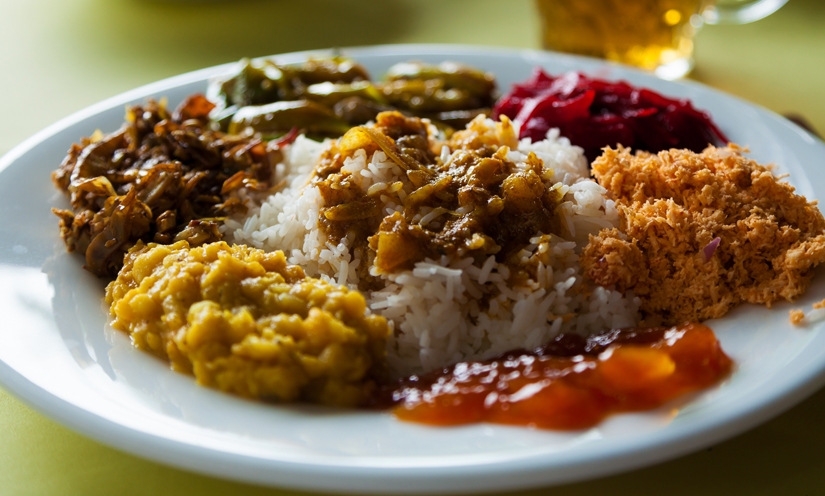
At local eateries in towns and villages, rice and curry packets are sold as a take-away lunch. With a huge amount of rice and smidgens of curries, mostly bolstered with salt and chillies, rice and curry packets are for bulk eating and lack the subtle spiciness of traditional curries. Even if they are a hot item with budget travellers, they are not the authentic rice and curry that can move gourmets to tears (of appreciation).
Subscribe to our newsletter to get our newest articles instantly!



